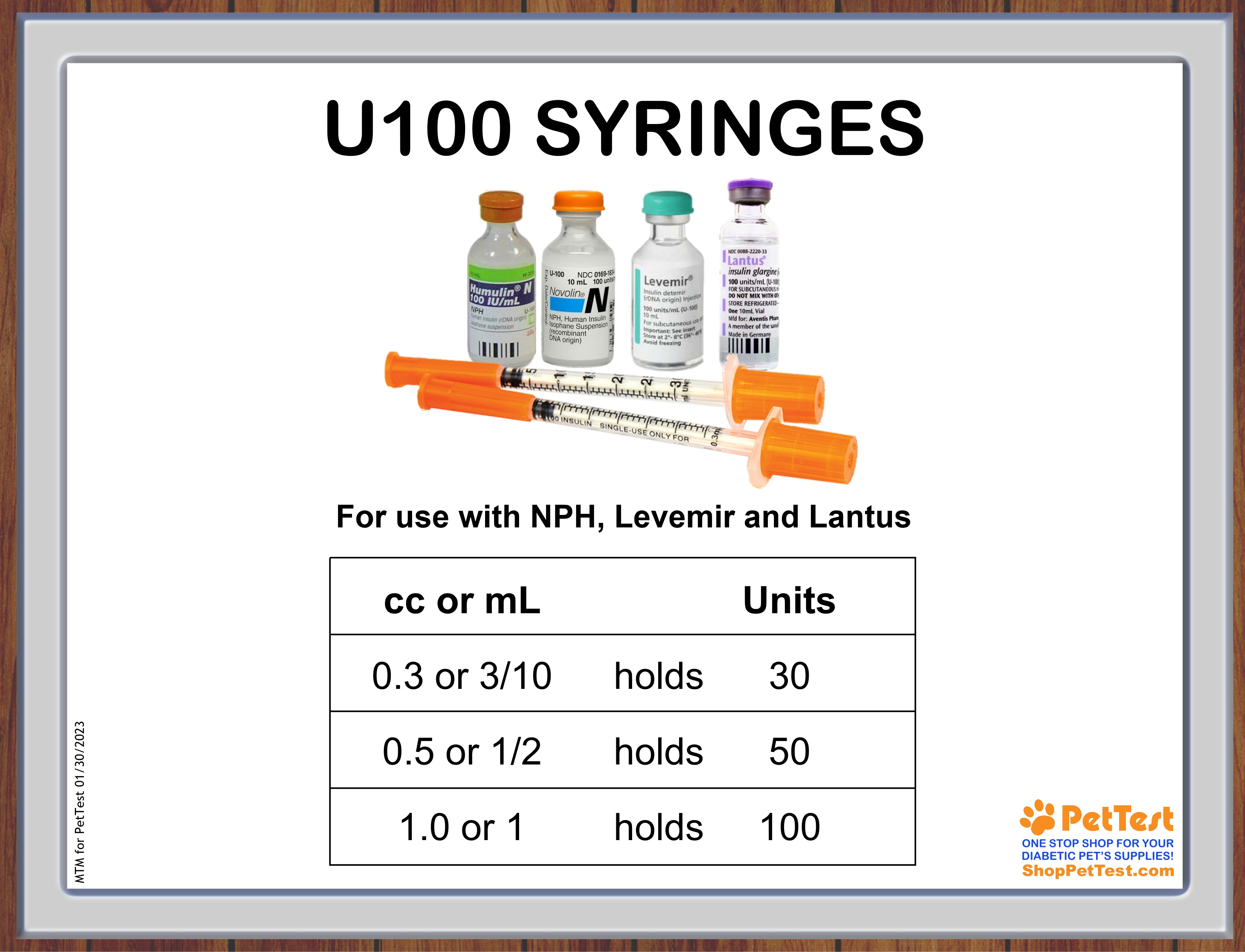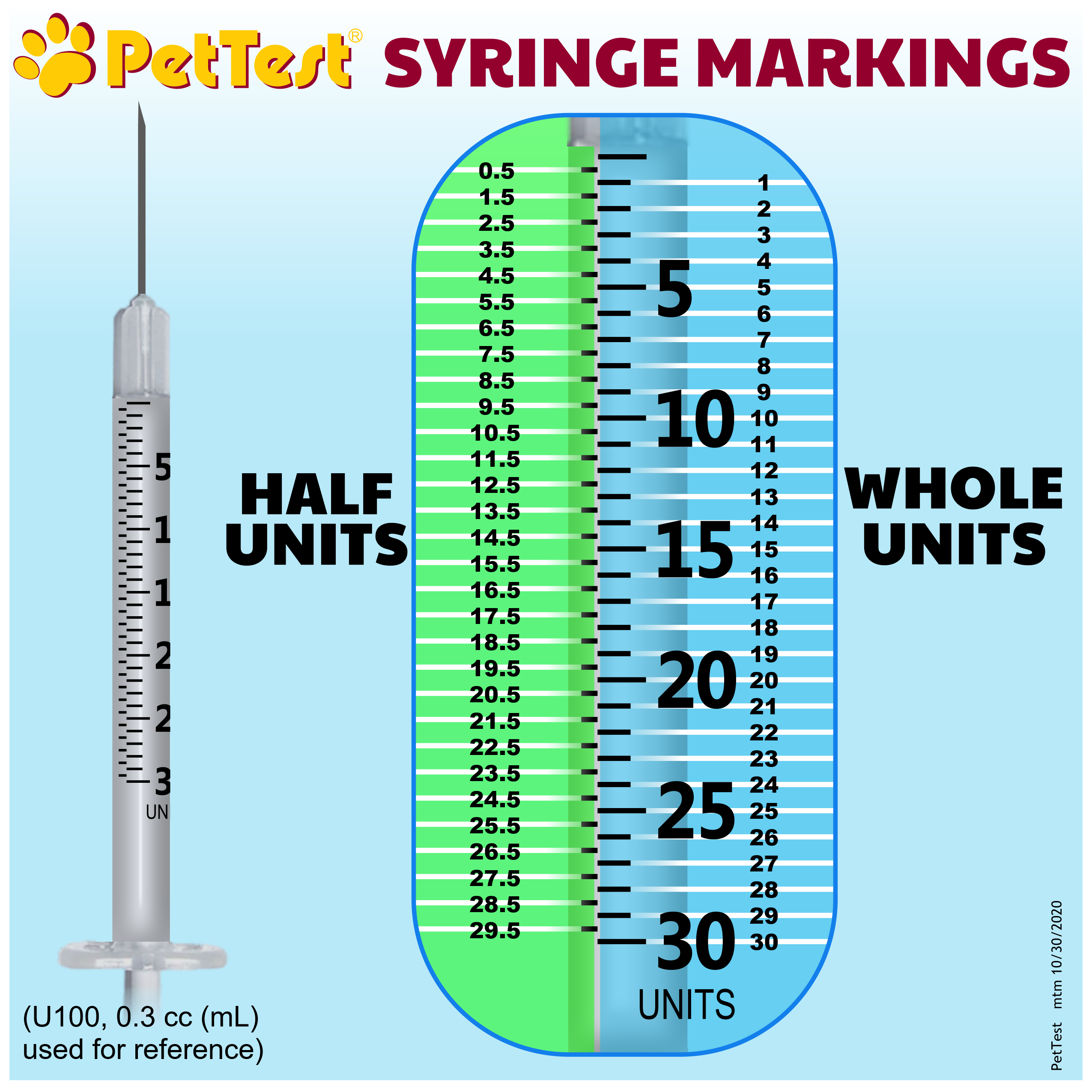250 Mcg On Insulin Syringe: Everything You Need To Know
Hey there, folks! If you've stumbled upon this article, chances are you're looking for some clarity on the term "250 mcg on insulin syringe." You're in the right place! Today, we're diving deep into the world of insulin syringes, their measurements, and why understanding them matters—especially if you're managing diabetes or caring for someone who is. So, buckle up, because we're about to break it down in a way that’s easy to digest (pun intended).
Insulin is one of the most crucial medications for people living with diabetes, and using the right dosage is non-negotiable. That’s where insulin syringes come in. But what does "250 mcg" mean in this context? Is it the same as 25 units? Why do some syringes have different scales? These are all valid questions, and we'll tackle them head-on so you can feel confident about managing insulin doses.
Before we jump into the nitty-gritty, let’s establish one thing: this article isn’t just about numbers and scales. It’s about empowering you with knowledge to make informed decisions about your health. So, whether you’re new to insulin therapy or a seasoned pro, there’s always something new to learn. Let’s get started!
- Katy Mixon Ihr Weg Zum Erfolg In Hollywood Alle Fakten
- Adrienne Warren Privat Was Sie Ber Ihr Liebesleben Wissen Sollten
What Exactly is an Insulin Syringe?
Alright, let’s start with the basics. An insulin syringe is a specialized tool designed specifically for injecting insulin. Unlike regular syringes, insulin syringes are calibrated to measure tiny amounts of liquid accurately. This precision is critical because even a small variation in dosage can affect blood sugar levels.
Insulin syringes typically come in three sizes: 30 units, 50 units, and 100 units. These numbers refer to the maximum amount of insulin the syringe can hold. But here’s the kicker—some syringes also display measurements in micrograms (mcg). This can be confusing, especially if you're used to seeing units instead of mcg.
Why Are There Different Measurements?
Now, you might be wondering why some syringes show mcg while others show units. Well, it all comes down to the type of insulin being used. Some insulin formulations, like concentrated insulin (U-500), require different scales because they’re stronger than standard insulin (U-100). For instance, 250 mcg on a U-500 syringe equals 25 units of insulin. Got it? Good!
- 3gp Konvertierung So Gehts Einfach Tipps Tricks
- Schockierende Einblicke Was Sind Gore Sites Wirklich Eine Analyse
Let’s break it down further:
- U-100 insulin: 1 unit = 10 mcg
- U-500 insulin: 1 unit = 50 mcg
So, if your prescription says 250 mcg, and you’re using U-500 insulin, you’ll need to draw up 5 units, not 25. Confusing, right? Don’t worry—we’ll clarify this more as we go along.
Understanding 250 mcg on Insulin Syringes
Alright, let’s focus on the star of the show: 250 mcg. As we mentioned earlier, this measurement is often associated with U-500 insulin. But why is it important? Well, U-500 insulin is five times stronger than U-100 insulin, meaning you need smaller doses to achieve the same effect. This is particularly useful for people who require large doses of insulin, as it reduces the volume they need to inject.
How to Convert 250 mcg to Units
Converting mcg to units is simpler than it sounds. Here’s a quick guide:
- For U-500 insulin: Divide the mcg by 50. So, 250 mcg ÷ 50 = 5 units.
- For U-100 insulin: Divide the mcg by 10. So, 250 mcg ÷ 10 = 25 units.
See? Math doesn’t have to be scary! This simple formula ensures you’re always drawing the correct dose, no matter which type of insulin you’re using.
Why Does the Type of Insulin Matter?
Here’s the deal: not all insulin is created equal. U-100 insulin is the most common type, but U-500 insulin is gaining popularity among people who need higher doses. The key difference lies in their strength:
- U-100 insulin delivers 100 units of insulin per milliliter.
- U-500 insulin delivers 500 units of insulin per milliliter.
This means that U-500 insulin is much more potent, allowing you to inject smaller volumes while still getting the same therapeutic effect. For example, if you need 100 units of insulin, you’d need to inject 1 milliliter with U-100 insulin but only 0.2 milliliters with U-500 insulin.
When to Use U-500 Insulin
U-500 insulin isn’t for everyone. It’s typically prescribed for people who require more than 200 units of insulin per day. This includes individuals with severe insulin resistance or those who need large doses to manage their blood sugar levels. If you’re in this category, your doctor will likely recommend U-500 insulin to make dosing more manageable.
How to Safely Use an Insulin Syringe
Using an insulin syringe might seem intimidating at first, but with practice, it becomes second nature. Here’s a step-by-step guide to help you get started:
- Wash your hands thoroughly with soap and water.
- Check the expiration date and clarity of the insulin vial.
- Roll the vial gently between your palms to mix the insulin (if it’s cloudy).
- Remove the cap from the syringe and pull back the plunger to the desired dose.
- Insert the needle into the vial and push the plunger to inject air.
- Turn the vial upside down and draw up the prescribed dose.
- Tap the syringe gently to remove air bubbles.
- Inject the insulin at a 90-degree angle into the fatty tissue of your abdomen, thigh, or upper arm.
Remember, proper technique is essential to avoid complications like infections or bruising. If you’re unsure about any step, don’t hesitate to ask your healthcare provider for guidance.
Tips for Accurate Dosing
Getting the right dose every time is crucial for effective blood sugar management. Here are a few tips to help you stay on track:
- Use a new syringe for each injection to ensure accuracy.
- Double-check the dose before injecting.
- Keep your syringes and insulin vials stored at the correct temperature.
- Dispose of used needles properly in a sharps container.
By following these tips, you’ll minimize the risk of errors and ensure consistent results.
Common Mistakes to Avoid
Even the most experienced insulin users can make mistakes. Here are some common pitfalls to watch out for:
- Confusing U-100 and U-500 syringes, leading to incorrect dosing.
- Using expired or cloudy insulin, which can reduce effectiveness.
- Skipping meals or snacks after insulin injections, causing low blood sugar.
- Not rotating injection sites, leading to lumps or scar tissue.
Avoiding these mistakes is key to maintaining good health and preventing complications. If you’re ever unsure, consult your doctor or diabetes educator for clarification.
How to Recognize and Treat Low Blood Sugar
Low blood sugar (hypoglycemia) is a potential side effect of insulin therapy. Symptoms include shakiness, sweating, confusion, and dizziness. If you experience any of these, it’s important to act fast:
- Consume 15 grams of fast-acting carbohydrates, like glucose tablets or juice.
- Wait 15 minutes and check your blood sugar level.
- Repeat the process if necessary until your levels stabilize.
Having a treatment plan in place can help you manage hypoglycemia effectively and avoid serious complications.
Insulin Syringes vs. Insulin Pens
While insulin syringes are still widely used, insulin pens are becoming increasingly popular. So, what’s the difference? Insulin pens offer several advantages:
- Pre-filled cartridges eliminate the need for vials and syringes.
- Dialing in doses is more precise and convenient.
- They’re discreet and easy to carry around.
However, pens can be more expensive than syringes, and some people prefer the familiarity of syringes. Ultimately, the choice depends on your personal preferences and healthcare provider’s recommendations.
Which Option is Right for You?
Both syringes and pens have their pros and cons. If you’re using U-500 insulin, syringes might be the better choice because pens designed for U-500 insulin are less common. On the other hand, if you prefer convenience and ease of use, pens might be the way to go.
The Importance of Regular Monitoring
Managing diabetes isn’t just about taking insulin—it’s about monitoring your blood sugar levels regularly. This helps you adjust your doses as needed and identify patterns that might affect your health. Here are a few tools to consider:
- Glucose meters for quick, at-home testing.
- Continuous glucose monitors (CGMs) for real-time tracking.
- Diabetes management apps to log your data and set reminders.
By staying on top of your numbers, you’ll be better equipped to manage your diabetes and live a healthy, fulfilling life.
Working with Your Healthcare Team
Your healthcare team is your biggest ally in managing diabetes. They can provide guidance on insulin dosing, monitor your progress, and help you navigate any challenges that arise. Don’t hesitate to reach out if you have questions or concerns—after all, they’re there to support you every step of the way.
Final Thoughts
Alright, folks, we’ve covered a lot of ground today! From understanding 250 mcg on insulin syringes to mastering safe injection techniques, you’re now armed with the knowledge to take control of your diabetes management. Remember, consistency is key, and don’t be afraid to ask for help when you need it.
Here’s a quick recap of what we’ve learned:
- 250 mcg on a U-500 insulin syringe equals 5 units.
- Proper technique is essential for accurate dosing and safety.
- Regular monitoring and communication with your healthcare team are crucial for success.
Now it’s your turn! If you found this article helpful, feel free to share it with others who might benefit. And don’t forget to leave a comment below—we’d love to hear your thoughts!
Stay healthy, stay informed, and keep crushing it, one dose at a time!
Table of Contents
250 mcg on Insulin Syringe: Everything You Need to Know
What Exactly is an Insulin Syringe?
Why Are There Different Measurements?
Understanding 250 mcg on Insulin Syringes
How to Convert 250 mcg to Units
Why Does the Type of Insulin Matter?
How to Safely Use an Insulin Syringe
Insulin Syringes vs. Insulin Pens
The Importance of Regular Monitoring
- Achtung Kostenlose Onlinefilme Vor Und Nachteile Risiken
- Entdecke Peter Santenello Reiseikone Erfolgsgeheimnisse Inspiration

A Thorough Guide to Diabetic Insulin Syringes PetTest by Advocate

Insulin Syringe Units

Insulin Syringes A Thorough Breakdown PetTest by Advocate